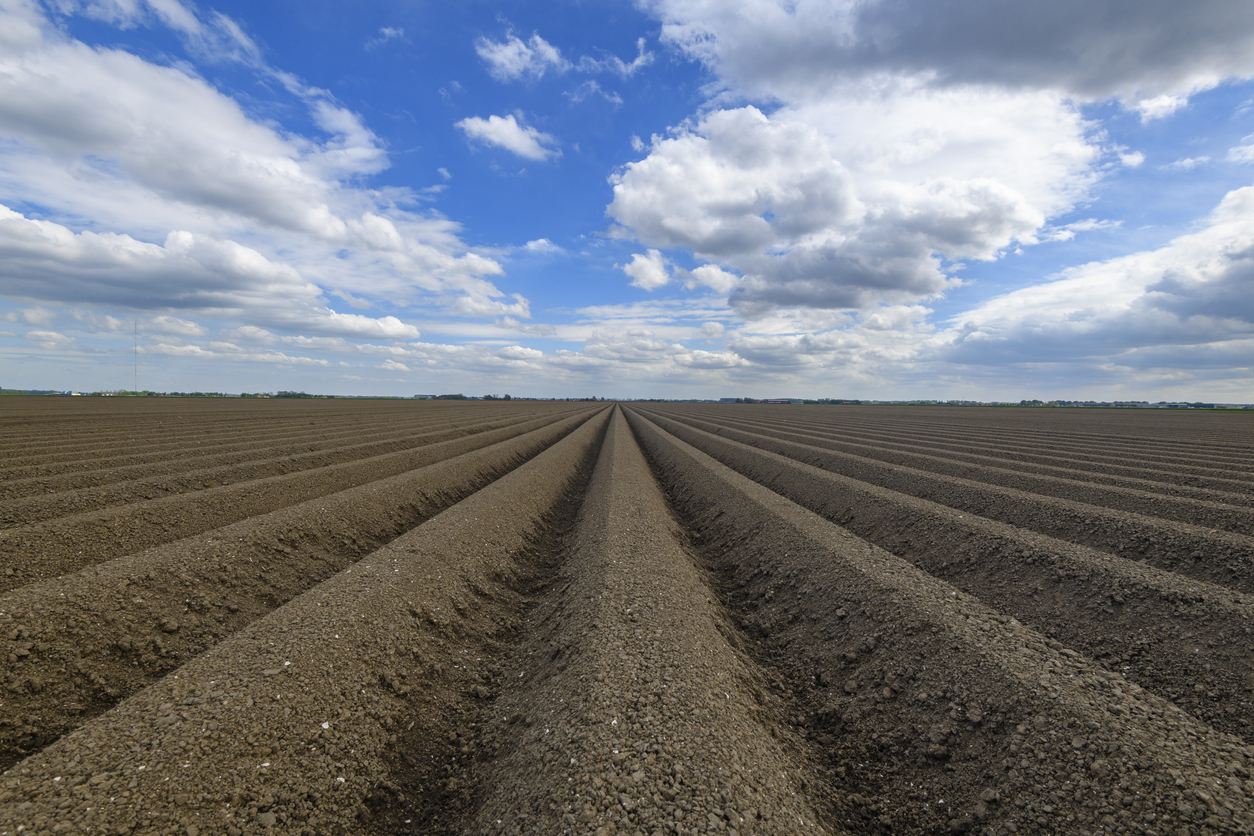Improving Drainage with Cover Crops
As the weather warms and snow melts, many fields are saturated with standing water. While cover crops may improve drainage, they are not a cure all. A farmer with no tile or subsurface drainage once asked why the cover crop’s he planted did not improve his drainage. Fields need an outlet for water to drain away whether that be surface drainage or subsurface (tile) drainage. Most plant roots do not grow in water, and when the water table is high, root growth is severely limited due to a lack of oxygen. Even cover crops needs some internal drainage to maximize root growth.
Cover crops improve soil structure, add soil organic matter (SOM), and create root channels to move water into existing tile lines. Cover crops may make your existing drainage system work more efficiently. Many farmers today are splitting 40 to 50-foot tile lines that was installed years ago to improve drainage. Some farmers are finding that with good stands of cover crops, they can forgo splitting tile lines by improving their soil structure to make existing tile lines work better.
This year we had a lot of snow in February. Did you notice snow melting faster in some fields than in others? Hay fields and cover crop fields tend to have warmer porous soils where the snow melt is earlier but slower and more gradual. Snow melts from the bottom from the internal heat of the earth and from the top from solar radiation. On soils that are tilled and compacted, soil freezes deeper but the snow melt is later but melts quickly, resulting in surface runoff.
Every year, there are questions about cover crop roots clogging tile lines. Any plant root may lead to clogged tile under certain conditions. Corn, soybeans, wheat, alfalfa, sugar beets, oats, trees, and cover crop roots searching for water may clog a tile. Ohio State and Purdue research found that the main cause is due to poor grade on tile installation. In 4-inch tile, if the installer does not go back and fix a tile line that hits a rock to re-establish grade, that bump acts like a dam where water and sediment collects and thirsty roots may clog that section of tile.
A spring or a constant source of soluble nutrients from a septic tank or feedlot tend to promote root clogging in tile. Most summer annual crops (corn and soybeans) may be looking for water in the summer when its dry. On the flip side, cover crops generally extend the length of time live roots are exploring the soil during the year and this may lead to more root clogs. Most of the time, tile root clogging is due to several factors not just cover crops. It is almost impossible to tell what type of roots clog tile unless you take a DNA sample. The best strategy is to make sure your tile is installed correctly and not allow soluble nutrients to flow through the tile.
Many cover crops improve soil structure and drainage. Brassicas like radish, rape, and kale have deep tap roots that break up compacted layers to allow water to flow vertically. Sorghum Sudan is a great grass for improving soil structure and allowing water to drain more effectively. Grasses have fibrous roots to allow water to flow horizontally. Other good grasses include oats, annual ryegrass, cereal rye, barley, wheat, and pearl millet. Even legumes (winter pea, cowpea, hairy vetch) and clovers (red, sweet, Balansa, and crimson) have good root systems to improve drainage. The added nitrogen generated from legumes and clovers improve grass and brassica root growth when added to a cover crop mixture.
Some researchers think no-till and cover crops allow soluble phosphorus and nitrogen nutrients to flow to surface water. No-till soils are more porous but if a live cover crop is kept growing, those live roots absorb soluble nutrients (N& P) and build SOM to store soluble nutrients longterm. Radishes tend to die in the winter, releasing nutrients; but add a winter cereal grain cover crop to your cover crop mix OR reduce radish in the mixture. Grass winter annual cover crops are better at keeping soluble nutrients tied up than radish, which die when it freezes. Growing cover crops and improving soil health is a great way to improve drainage and keep nutrients recycling on the land.
